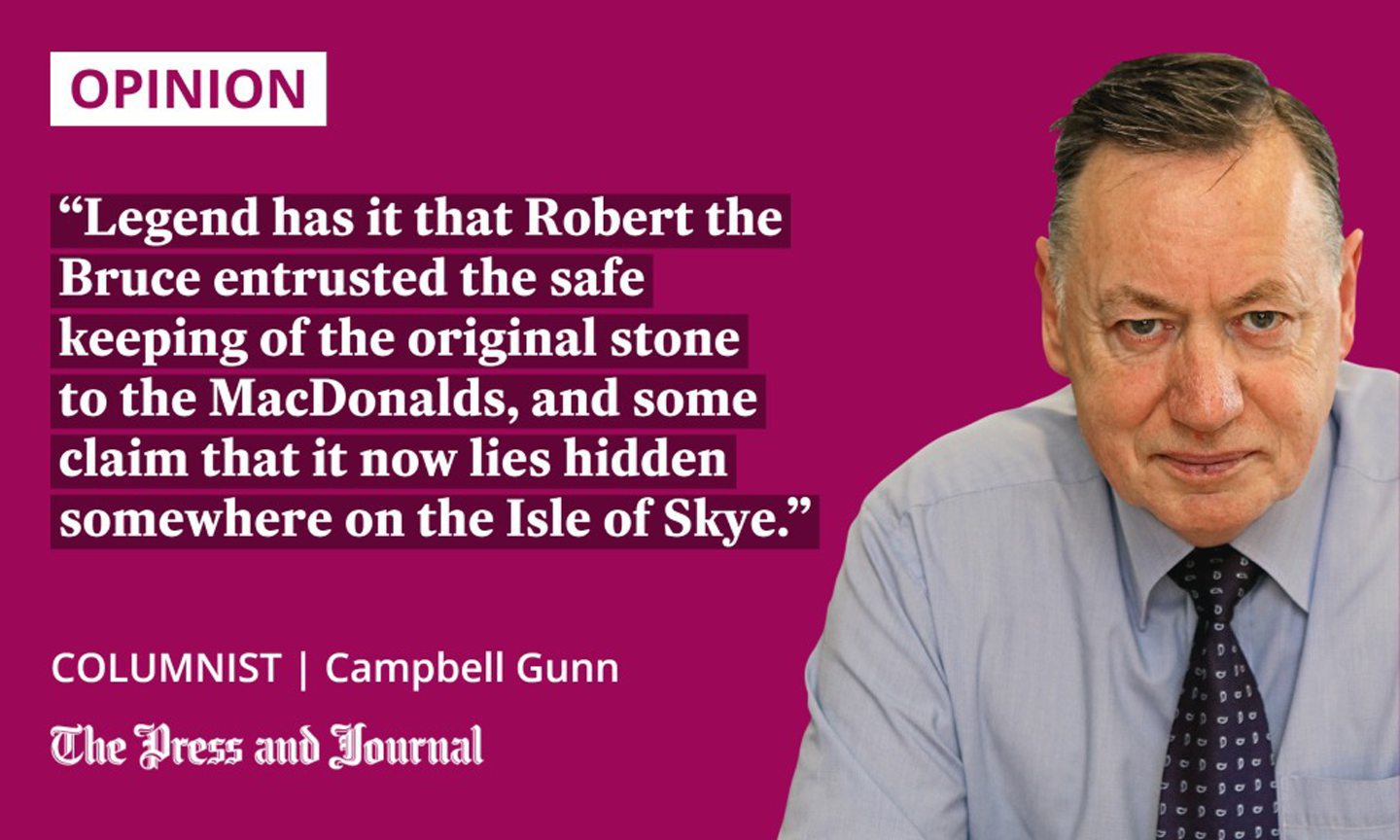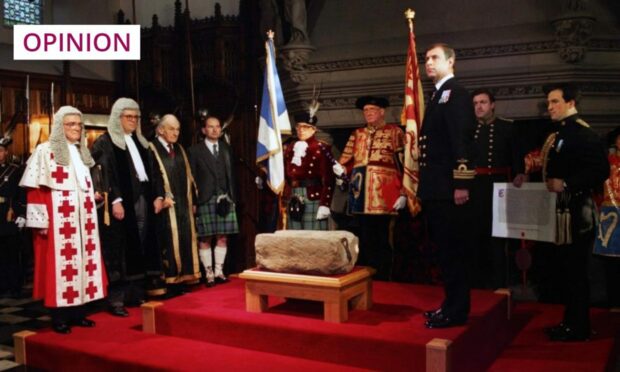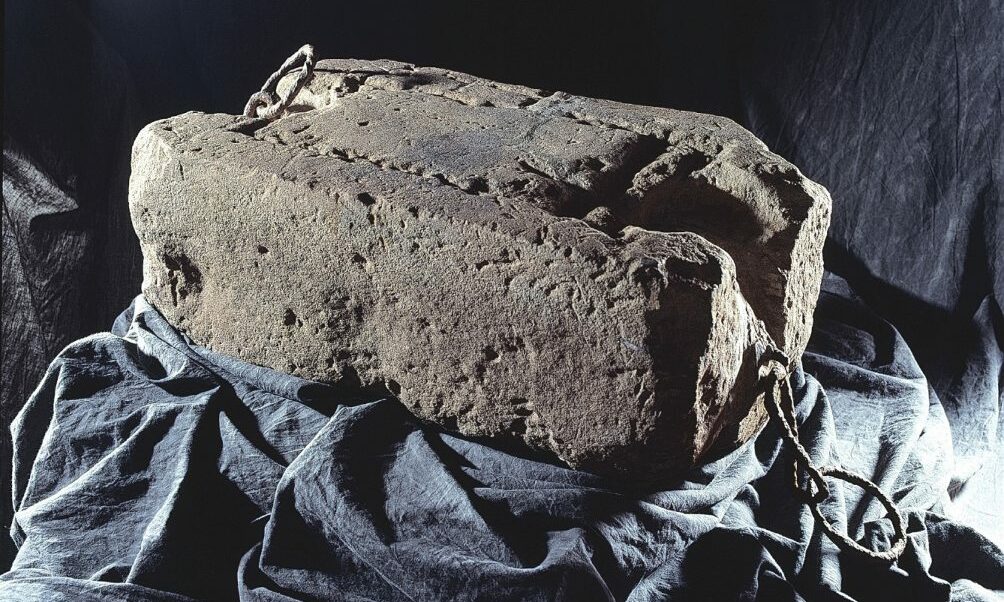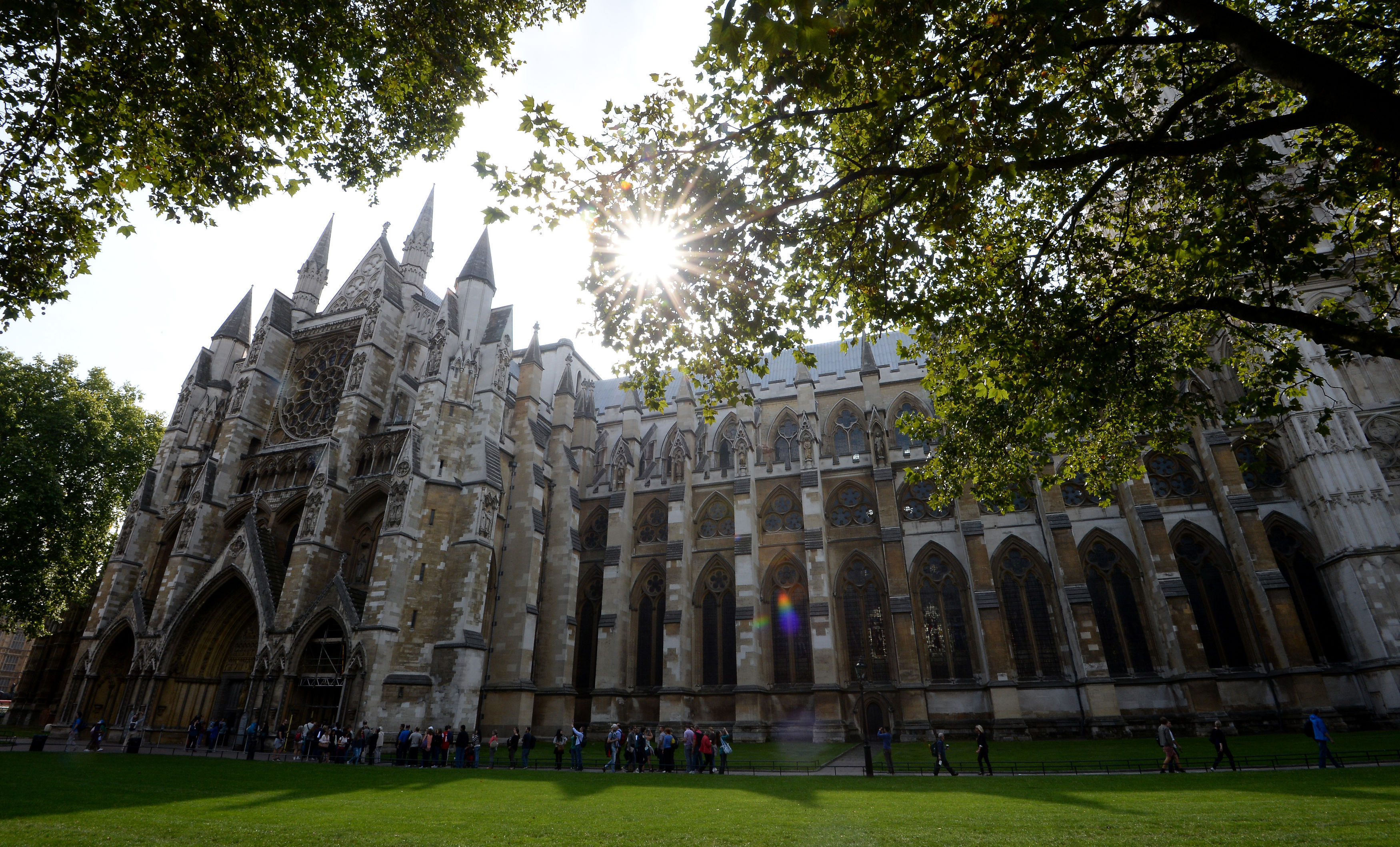The period of mourning for the Queen is over, and now we await details of the coronation of King Charles III in Westminster Abbey, most likely next spring or summer.
We have already been told that the Stone of Destiny will be temporarily returned to London for the occasion, where it will be placed under the Coronation chair for the enthronement ceremony. Every English and British monarch since the 14th Century has been crowned sitting over the stone.
But, is it really the Stone of Destiny, which was traditionally used in ancient times for the coronation of Scottish kings at Scone, until it was taken as plunder by King Edward in 1296? There is serious doubt as to whether the stone he took south was actually the one which had been revered by Scots.

That stone was described as being hollowed out to be shaped like a chair, and made of hard, shiny rock. The one which went to London with Edward is a plain block of old, red sandstone, similar to that quarried locally near Scone.
It is entirely plausible that the monks at Scone, knowing of Edward’s approach, substituted a lump of local rock for the original, which may then have been hidden. Indeed, legend has it that Robert the Bruce entrusted the safe keeping of the original to the MacDonalds, and some claim that it now lies hidden somewhere on the Isle of Skye.
The Stone of Destiny, according to legend, was Jacob’s pillow, the stone on which he rested his head when he dreamed of a ladder reaching to heaven, as described in the Book of Genesis. The stone, it is said, was brought to Ireland by the prophet Jeremiah, before going on to Iona.
Unlikely as all this seems, it may well be that the stone could have been something like a piece of meteorite, or some other unusual type of rock, giving it special significance. It was moved from Iona to Scone by Kenneth MacAlpin in the ninth century.
No one knows if the stone is genuine
Now we move forward to Christmas Day 1950, when four University of Glasgow students – including my old friend, the late Kay Matheson from Inverasdale in Wester Ross – “liberated” the stone from Westminster Abbey. In moving it, they accidentally broke it in two pieces.
Back in Glasgow, they celebrated with a drink in the Arlington Bar, in the city’s West End, with the broken stone lying beside them. It was quickly hidden and then passed to a local stonemason for repair. However, he, as he admitted later, made several copies of the stone, before one of them was unveiled several months later at Arbroath Abbey.
But, was the stone revealed at Arbroath and later transported back to Westminster the same one the students had stolen a few months earlier? Frankly, no one knows. There is no doubt that, at the time, there were several copies in circulation.
A few weeks ago, I popped into the Arlington Bar (purely in the interests of research, of course) and there, on a shelf in the pub, is what they claim is the real Stone of Destiny. It had been kept under a box bench in the bar until a few years ago, when it was put on display.
Not indicative of a modern monarchy
In 1996, I attended a ceremony at St Giles Cathedral in Edinburgh, where, on the 700th anniversary of King Edward taking what he believed was the Stone of Destiny from Scone, it – or, at least the one left at Arbroath in 1951 – was returned to Scotland.
Should we care whether King Charles is crowned sitting on an ancient rock whose history goes back to biblical times, or on a lump of sandstone carved just a few decades ago by a Glasgow stonemason?
It was an occasion choreographed by the then Scottish secretary, Michael Forsyth, in a bid to appease the rising tide of Scottish nationalism at the time. Since then, it has been on display in Edinburgh Castle, alongside the Honours of Scotland, the Scottish crown and regalia.
For the new King’s enthronement, it will go south once again, to be placed temporarily under the Coronation chair for the first time since 1996.
Hopefully we can all agree that the stone was not Jacob’s pillow. Almost certainly, the stone taken to London by Edward from Scone was not the one used to crown Scottish kings. And there’s considerable doubt as to whether the stone left at Arbroath Abbey in 1951 was the same one taken from Westminster by the students a few months earlier.
But, should we care whether King Charles is crowned sitting on an ancient rock whose history goes back to biblical times, or on a lump of sandstone carved just a few decades ago by a Glasgow stonemason? Yes, because questions over Scotland’s relationship with the rest of the UK, and over the future of the monarchy, are far more relevant.
The tokenism of using a lump of stone to represent Scotland at the coronation is, frankly, insulting in what purports to be a modern monarchy.
Campbell Gunn is a retired political editor who served as special adviser to two first ministers of Scotland, and a Munro compleatist




Conversation